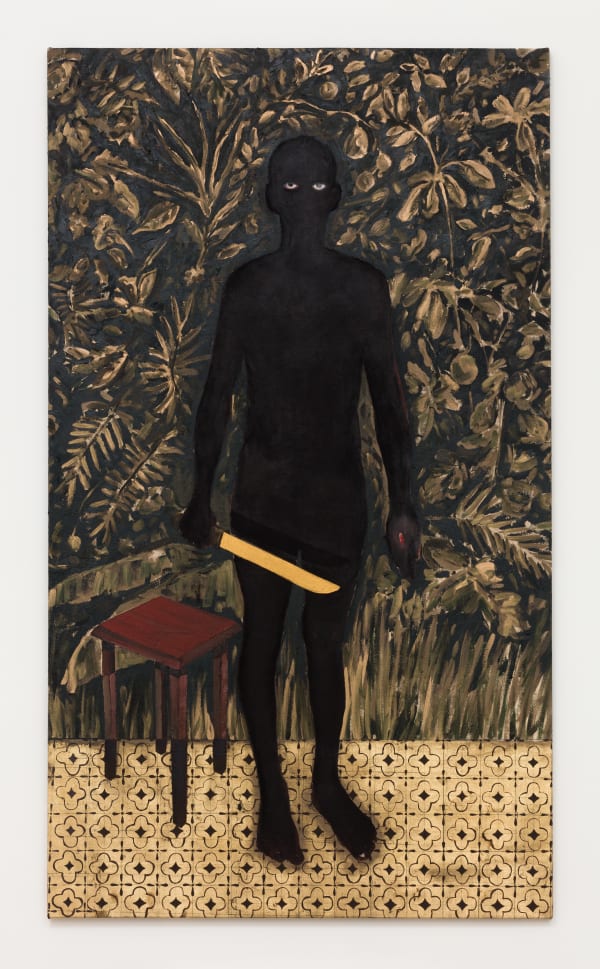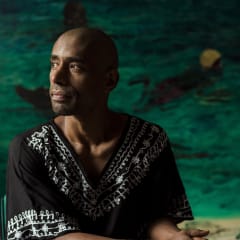Sentinela Antonio Obá
In colonial Brazil, the influence of an aftereffect from medieval exteriorism would not be so specifically Portuguese, but European Norse and impregnated with magic, that would suffering Europe the conflict of Catholicism against the reformer but would persist for a long time in the colonies. In Minas Gerais, mainly, and in the northeast and center-west of the country, religious practices such as processions, festivals and rituals would find fertile ground for its dissemination, combined with the baroque pomp that the richness of the extraction of minerals could propitiate. The production at that time in a cultural sense is the opulent worship of the baroque temples, the monumentality of the altars, tragic expressiveness of the images, the elegance of the details and the surrealities of the gesture. All this aesthetic construction of the Catholic faith in Brazil triggers a different relationship with the ethics of the church as a political force for the maintenance of the slave system and, consequently, of control of major's country population: black people.
Obá explores the implications of the Catholic black body and from this begins to move towards a study of objects and monotypes, which in their allegorical character, propose figures of bodies that are buried. This way is indicating their primitive forms: the fossil of man. The exploitation of erased memory takes place as a kind of excavation, soon the artist moves away from the painting and begins to look for the origin of the black man away from the Catholic faith and all its aesthetic implications.
This move away from the Brazilian Baroque in its less intricate resolutions causes the artist to throw himself on an empty ground to understand the origin of the black body and that man beyond his body, but against the origin of this body in artistic representations. This confrontation is reminiscent of memories, places of knowledge and identities; a resinated diasporic space when it is integrated into the South American continent and begins to produce and legitimize its expression. The reminiscences of the memory mentioned, are found in the Afro-Brazilian religious rites and reflect in the syncretisms and constructions of identity.
The empty territory brought the artist back to the painting, now more diluted in the work of Antonio Obá, who no longer walks the road of colonization to the present times. It is a silent painting, removing the sound from the landscapes and lies in the silence of the portraits. It is the isolated individual who is in the surveillance, reveal himself in the reflection of the grinding knife, prepared not to walk but to remains where it is his place. The artist delivers legitimate figurative references of the history of the Negro in his paintings, like the man who eats the watermelon and the Eres surrounding the Old Black Man.
Obá crossed the superficialities of references and gave the soul of an artist who now knows about his body and understands it as a geographical, political and human space, beyond body, memory, and history, which once triggered cannot be erased again. The title of the show suggests he takes a position, and this presupposes that he should not run away, but be aware and aware of himself, which will consciously lead him to understand the whole of the world.













